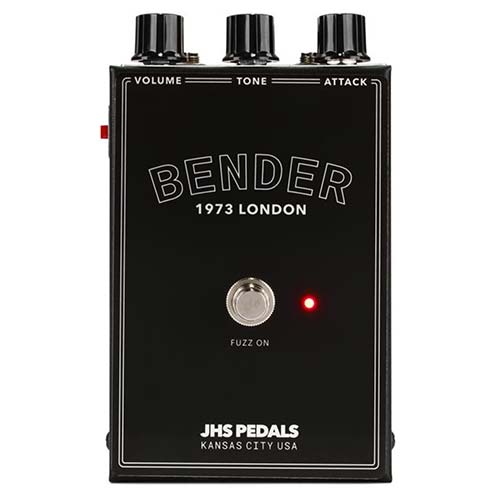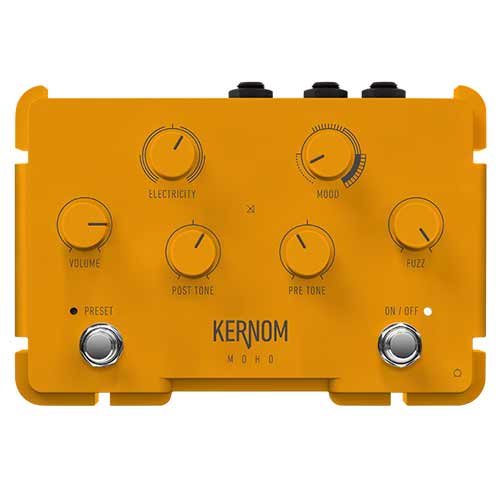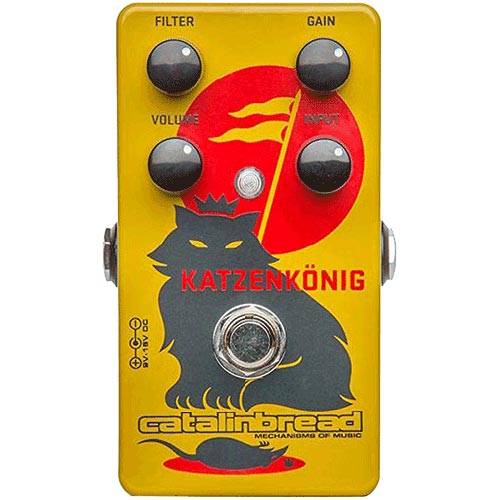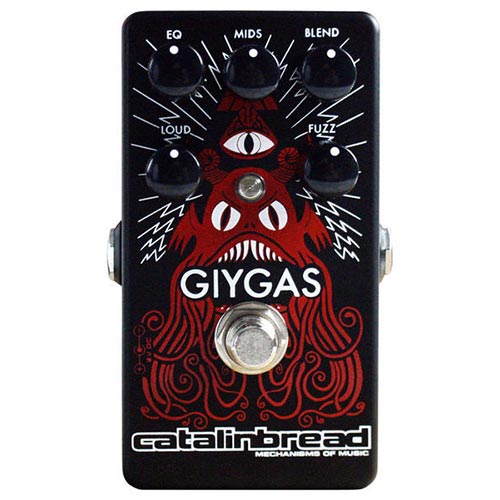
The Tone Bender Fuzz pedal stands out as a legendary device that has left an indelible mark on the history of rock and psychedelic music.
The world of electric guitar effects pedals is a vast and fascinating realm where musicians sculpt their tones to achieve unique and distinctive sounds. Among the plethora of options available, In this article, we will delve into the origins, characteristics, and enduring appeal of the Tone Bender Fuzz pedal.
Origins and Evolution
The Tone Bender Fuzz pedal was first introduced in the mid-1960s and quickly gained popularity for its ability to produce a thick and saturated fuzz tone. In 1965 London, the Sola Sound Tone Bender appeared, perhaps one of the most well-known three transistor fuzzes of all time. Developed by Gary Hurst, the original Mark I Tone Bender featured germanium transistors, which contributed to its warm and organic sound.
Changes in design
The design underwent several iterations, with the Mark II and Mark III versions utilizing silicon transistors, offering a more stable performance but retaining the unmistakable fuzz characteristics. Two other legendary examples of this three transistor circuit are the Supa Fuzz and the Zonk Machine. The Supa Fuzz was build around a three-transistor Tone Bender MKII circuit. The ‘filter’ control on those SupaFuzzes was the same as the ‘attack’ control on a Tone Bender MKII. The Zonk Machine was a 3 transistor germanium fuzz derived from a Tone Bender MkI and produced for a short time in the 1960’s.

Tone Bender in the Classic Rock Era
The late 1960s and early 1970s marked the heyday of the Tone Bender Fuzz pedal, as it became an integral part of the sonic arsenal for iconic guitarists. Notable users included Jeff Beck, Jimmy Page, and Mick Ronson, who employed the pedal to shape the groundbreaking sounds of bands like The Yardbirds, Led Zeppelin, and David Bowie’s Spiders from Mars.
Characteristics of the Tone Bender Fuzz
The Tone Bender is celebrated for its ability to produce a thick and woolly fuzz tone with a unique texture that responds dynamically to playing dynamics. The three transistor Tone Bender fuzz is more aggressive than the Fuzz Face (link). The pedal’s simplicity is part of its charm, typically featuring only three control knobs: Volume, Fuzz, and sometimes a Tone knob. The Fuzz control adjusts the amount of gain, allowing players to go from a subtle crunch to a full-on wall of fuzz.
Revivals and Variations
While the original Tone Bender pedals are vintage treasures, their scarcity and fragility have led to a surge in demand for modern reproductions and variations. Boutique pedal builders and established manufacturers alike have created their interpretations of the ToneBender, using both germanium and silicon transistors to capture the essence of the original while addressing some of its limitations.
Modern alternatives
In addition to faithful reproductions, some pedal makers have introduced modifications and hybrid designs that expand the tonal possibilities of the Tone Bender concept. Players now have the option to choose from a wide range of Tone Bender-inspired fuzz pedals, each offering a unique take on this classic effect. Some of them are below.
Earthquaker Devices Park Fuzz Sound

Earthquaker Devices Park Fuzz is one of the most versatile Benders models, and build around a Tone Bender MKIII circuit. It is a collaboration between Earthquaker and Mitch Colby. It has germanium transistors (AC125) and with a decent amount of gain delivers excellent fuzz-to-clean control via your guitar volume. As always the attenuation is most effective when the fuzz is at its maximum. This pedal has a very nice top end as well.
JHS Pedals Bender 1973 London

JHS Pedals Bender is based on a silver-and-orange 1973 Sola Sound MKIII Tone Bender. The original circuit had three germanium transistors, and sounded good if the temperature was right. JHS build a circuit using silicon transistors, and added true-bypass switching and a JHS mode for added gain and a midfrequency boost. This pedal has a thick classic-rock sound with a raspy bite. Think Jimmy Page and Ziggy Stardust and you know what I mean.
Kernom Moho Fuzz

Kernom Moho is a new kind of fuzz and draws its inspiration from several fuzz classics. It is based around analog morphing. Morphing controls the nonlinear elements of the clipping stage by changing their threshold in real time. The pedal has all the classic Fuzz flavours including various flavours of Tone Benders. This pedal sounds and feels great and has the added benefit of user presets!
Catalinbread Katzenkönig

Catalinbread Katzenkönig is somewhere in between a Rat and a Tone Bender MKII. The Katzenkönig is heavier, and more modern-sounding than a MKII. The added controls make the pedal more versatile than either of the original circuits. This produces a great and focused fatness with a rounded and snappy attack.
Catalinbread GiyGas

Catalinbread GiyGas is a highly tweakable fuzz with Tilt EQ, Mids, Dry Blend, Loud (Volume) and Fuzz settings. This is a very loud fuzz! The Blend control helps temper the Fuzz and bring in some of the Dry signal to temper it. It is a great-sounding extended-range fuzz and unfortunately discontinued.
Keeley Fuzz Bender

Keeley Fuzz Bender is a modern and unique fuzz pedal with the ability to produce authentic vintage fuzz sounds as well. The pedal has bass and treble controls that are more powerful than the ones on vintage Tone Bender fuzz pedals. The bias control produces the well-known dying-battery sound but also produces thick, and creamy sounds. This pedal has a lot of opportunities to shape very unique and unexpected textures.
